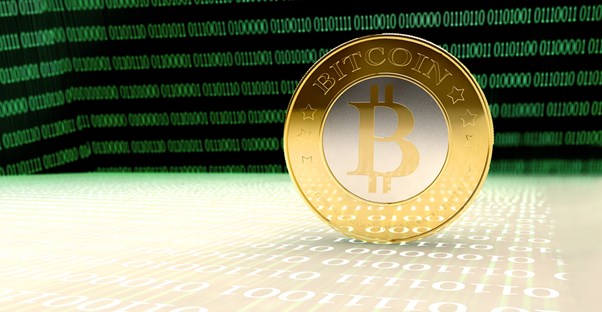The popularity of Bitcoin has exploded in recent years, causing more people and businesses to take advantage of its benefits over other traditional currencies. For those who are just now being introduced to Bitcoin, the terminology may be confusing. The most important Bitcoin terms to familiarize yourself with are Bitcoin, P2P, cryptography, wallet, block chain, double spending, and mining. Once you understand these basic phrases and terms, using this digital currency becomes significantly easier.
Bitcoin
Bitcoin is a network of virtual currency transferred to individuals by other individuals. An actual unit of the virtual currency is often abbreviated as BTC.
P2P
One of the network’s key terms, P2P, describes its network. P2P, or peer-to-peer, explains the type of network as an organized system of individuals interacting directly with others for transactions without the assistance of a third party, such as a bank. The biggest advantage of not using a third party banking system is not having additional fees.
Cryptography
The transactions on the Bitcoin network are protected by the use of cryptography. Cryptography is a high-level security system using ciphers and codes created by computer hardware and mathematics. By creating password protections and preventing invalid transactions, cryptography keeps users protected.
Wallet
Each user has a secure virtual wallet. The wallet functions just like a physical wallet except that it stores Bitcoins. The wallet contains authorization and ownership information for each user’s Bitcoins, monitors transactions, and logs the user’s total balance of Bitcoins.
Block Chain
Keep in mind that the wallet isn't the only place transactions are monitored. Bitcoin has list called the block chain. The block chain is a chronological public record of all past and present transactions. It is visible to all users, so nothing is secret. Its purpose is to help users verify transactions, keep track of transaction time and ownership of Bitcoins, and ultimately prevent malicious transactions.
Double Spending
Double spending is an example of a malicious transaction. When users send the same Bitcoins to multiple people at the same time, they are double spending. This practice is hard to do but not impossible.
Mining
Mining is the process of confirming transactions by using computer calculations. These calculations are used to verify, ensure, and update transactions to keep the block chain as accurate as possible. Miners can even make a little money doing so by collecting transaction fees.




